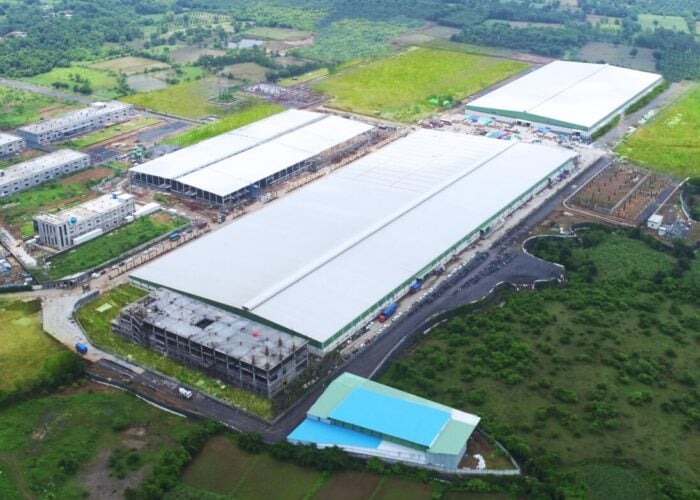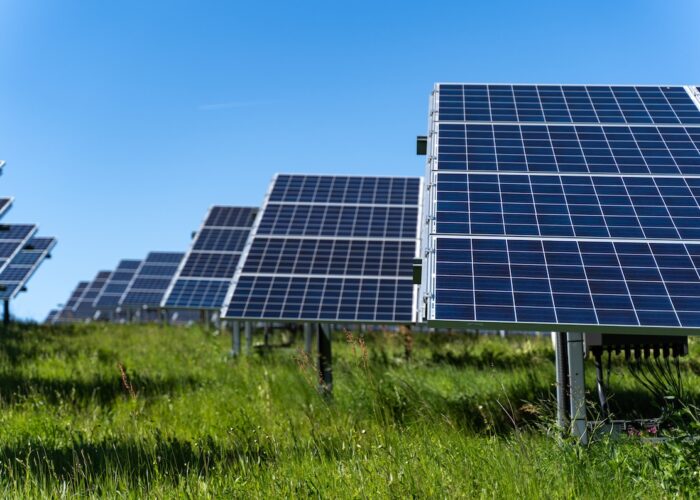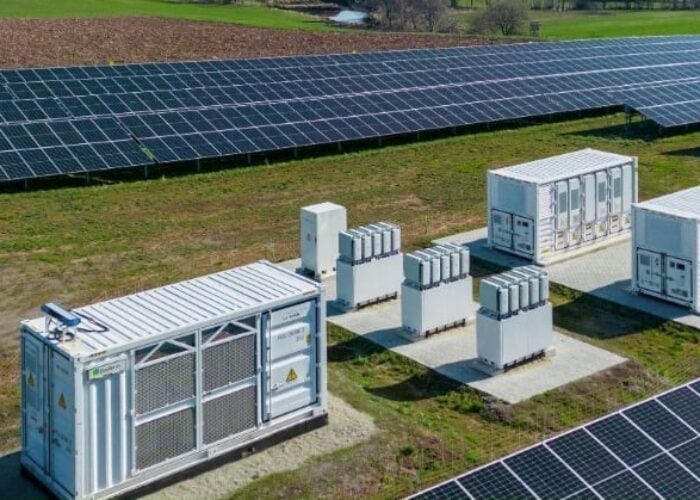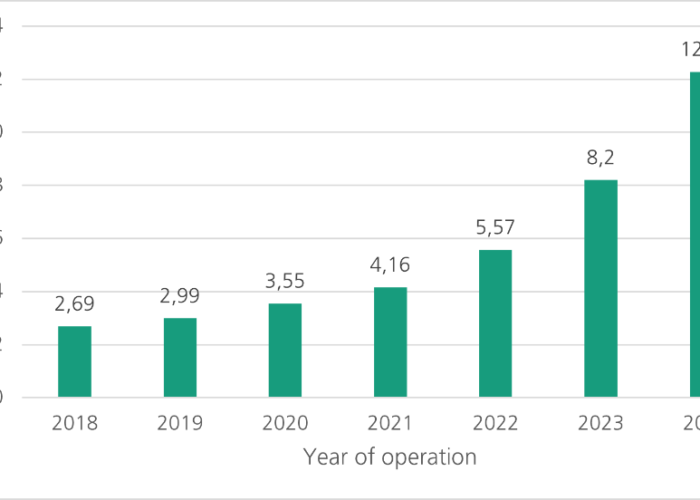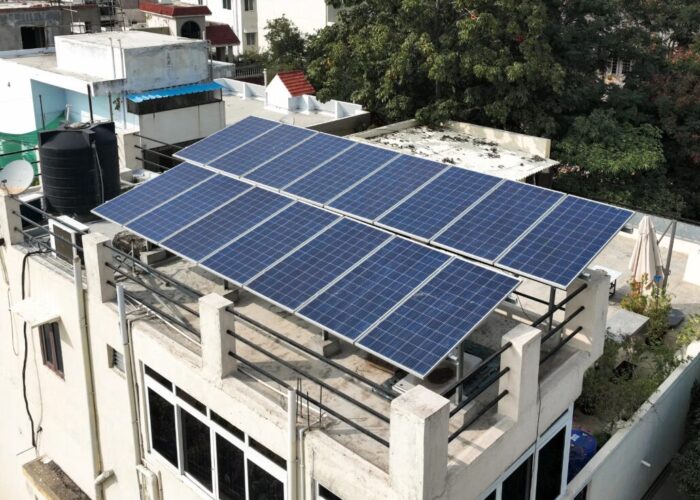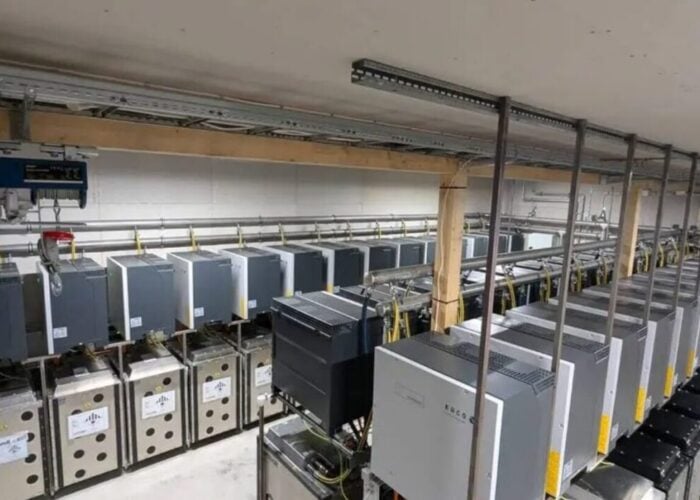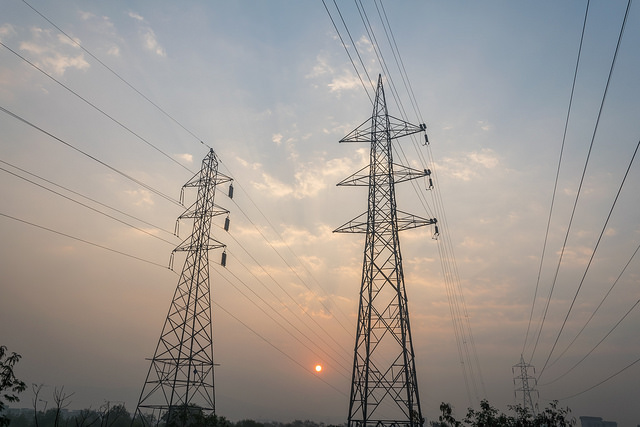
The governments of India and Germany will collaborate on enhancing the Indian grid’s ability to absorb renewable power.
The Indo-German Energy Programme – Green Energy Corridors (IGEN-GEC), adds another stream to the GEC efforts. The German development organisation GIZ will provide technical support across a number of challenges facing modern grid infrastructure and power markets.
Try Premium for just $1
- Full premium access for the first month at only $1
- Converts to an annual rate after 30 days unless cancelled
- Cancel anytime during the trial period
Premium Benefits
- Expert industry analysis and interviews
- Digital access to PV Tech Power journal
- Exclusive event discounts
Or get the full Premium subscription right away
Or continue reading this article for free
“I am delighted that this relationship between GIZ and India will result in improved market mechanisms and regulations, help us train [staff], to ensure grid stability and integration of renewables into the grid and ensure a safer and secure grid and a grid that can take cyber challenges,” said Piyush Goyal, India’s minister for power, coal, new & renewable energy and mines.
Germany will share knowhow from its Energiewende, during which solar and wind capacity has drastically increased. In the first half of 2017, 35% of the country’s electricity was generated by renewables. It has had some challenges with curtailment to contend with, particularly with wind power but increasingly solar too.
According to a statement from the Indian government, the work will focus on “improving market mechanisms and regulations for integration of renewable energy; advancing technical and institutional conditions in specified target states, regions and on a national level; adding human capacities to handle systemic (strategic, managerial, financial, technical) renewable energies integration in an efficient and effective manner”.
A recent report by the Indian government reiterated its stance that the grid could handle as much as 175GW of variable generation by 2022.

